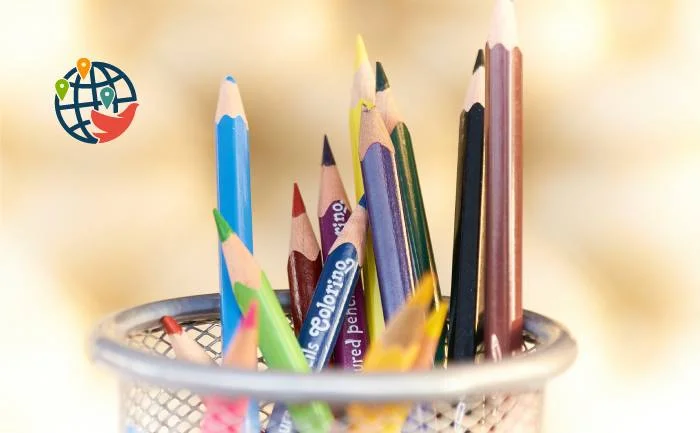Schooling in Canada

We have figured out Canada's education system for children.
Canada's education system is considered one of the most effective in the world. Teachers' qualifications are upgraded every year. New curricula and supplemental materials are introduced that make learning interesting for children and provide all the necessary knowledge. This article focuses on the details and nuances of schooling in Canada.
General Information
Much of Canada's school structure varies from province to province and even region to region. An important detail is that children can study only in the school that is connected to their area of residence. School usually begins in late August or early September and ends in late May or early June.
Canada has a 12-year system of education. This is different only in Quebec, where children attend school for 11 years and another 2 years in a special preparatory department before entering college or university. Parents put their children in school at age 4-6 in the first "preparatory" classes.
There are several types of schools in Canada. The most popular are public comprehensive schools and private schools. The former are free for Canadian citizens and residents. Private schools are fee-based. Private schools are required to follow a provincial or territorial curriculum, but they might include more independent work or more advanced study in certain subjects.
In addition, Canada has a system of home schooling, but it is not widespread — less than percent of Canadians choose this type of education. There are boarding schools (which involve students living on school premises), specialized Montessori/Waldorf educational institutions, the Arrowsmith School, and institutions for children with disabilities.
Training system
Education in Canada has several stages. Each of them aims to give the student as much knowledge and skills as possible, according to his age and abilities.
- preparatory group. These are preparatory groups similar to the older kindergarten groups. Children from 4 to 6 years of age are accepted here. Children in this group are taught in a playful way and socialize. Teachers prepare the children for entering junior high school;
- junior high school. This is where children over the age of 6 learn. This stage usually lasts from grades 1 to 6, and in some provinces from grades 1 to 8. Children study together. A distinctive feature is a common study table, no individual desks. In addition, children can go out for walks on special grounds set aside for each individual class. Teaching is done by cross-checking — children work in small groups and check each other's assignments. Usually younger students do not have the usual point or letter grading system (it appears in middle school). Success is assessed by the degree of progress. Children are inculcated with the skill of independent study and are taught a variety of subjects;
- Middle school — grades 7-12 or 9-12. At this time adolescents are actively prepared for college or university. There is an emphasis on independent research skills and in-depth study of subjects. In many schools, this is the time when extensive homework appears.
There are almost no strict uniform requirements in public schools in Canada, which is not the case in private schools. In addition to regular subject instruction, children have a large number of sports activities and are taught a culture of healthy lifestyles.
To learn more about how a Canadian school works from the inside, see our interview with a teacher, which we already published on our website.
What it takes to get into a Canadian school
In order to enroll in a school in Canada, you need the following:
- take subject tests and English tests at the school of your choice and have an interview with a psychologist;
- submit an application form (this is done by parents);
- Provide grades for the previous 1-2 years of study;
- Provide 1-2 recommendations from teachers at the school where the child used to attend;
- attach the required number of photographs, copy of passport and/or birth certificate (must be translated into English and notarized).
Requirements may vary from school to school and from province to province.
How much does it cost to educate immigrants?
In Canada, free tuition in public schools is available only to residents or permanent residents of the country. The cost of education for a foreign student is about $8,000-15,000 CAD per year.
Canada's most popular schools
- Appleby College
- Albert College
- Ashbury College
- Bodwell High School
- Braemar College
- Brookes Shawnigan Lake
- Bronte college
- Glenlyon Norfolk School
- Hudson college
- Hillfield Strathallan College
- Lakefield College School
- London International Academy
- Pickering College
- Princeton Academy
- Queen Margaret's School
- Red Mountain Academy
- Ridley College
- Rosseau Lake College
- Shawnigan Lake School
- St. John's-Ravenscourt School
- St. Michaels University School
- Stanstead College
- Trafalgar Castle School





























